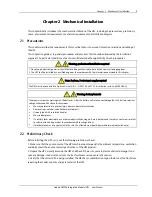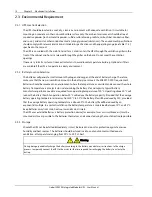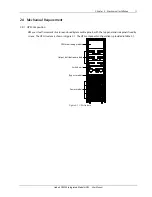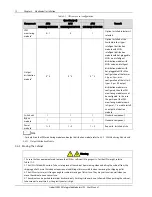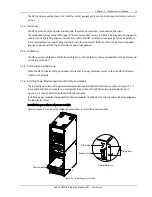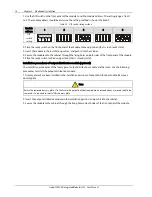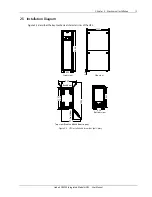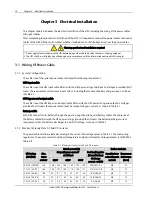
Chapter 1 Overview 1
Liebert APM 90 Integrated Modular UPS User Manual
Chapter 1
Overview
This chapter introduces the features, design concept, operation mode, battery management and battery
protection of Emerson APM 90 Integrated Modular UPS (UPS for short).
1.1
Features
The UPS is connected between the mains and the critical loads (e.g. computer) to provide high quality power
for the loads. The UPS has the following advantages:
Increase the power supply quality
The UPS protects its output against the input power change through the internal voltage and frequency
controller.
Improve noise suppression
Due to the application of AC-DC-AC conversion mode, the noise in the input power is effectively filtered, and
the load gets clean power supply.
Provide mains failure protection
If the input power fails, the UPS will work in battery mode, and the power supply to the loads will not be
interrupted.
1.2
Design Concept
The UPS provides continuous, high-quality AC power to your critical equipment, such as telecommunications
and data processing equipment. The UPS supplies power that is free of the disturbances and variations in
voltage and frequency common to mains power, which is subject to brownouts, blackouts, surges and sags.
The UPS uses the latest high frequency, double-conversion PWM technology and DSP technology to enhance
its reliability and increase the ease of use.
1.2.1
System Design
This section introduces the working principle of the UPS single module. The UPS adopts AC-DC-AC converter
(as shown in Figure 1-1). The first stage conversion (AC-DC) adopts three-phase high frequency rectifier that
converts the three-phase input voltage to stable DC bus voltage.





















